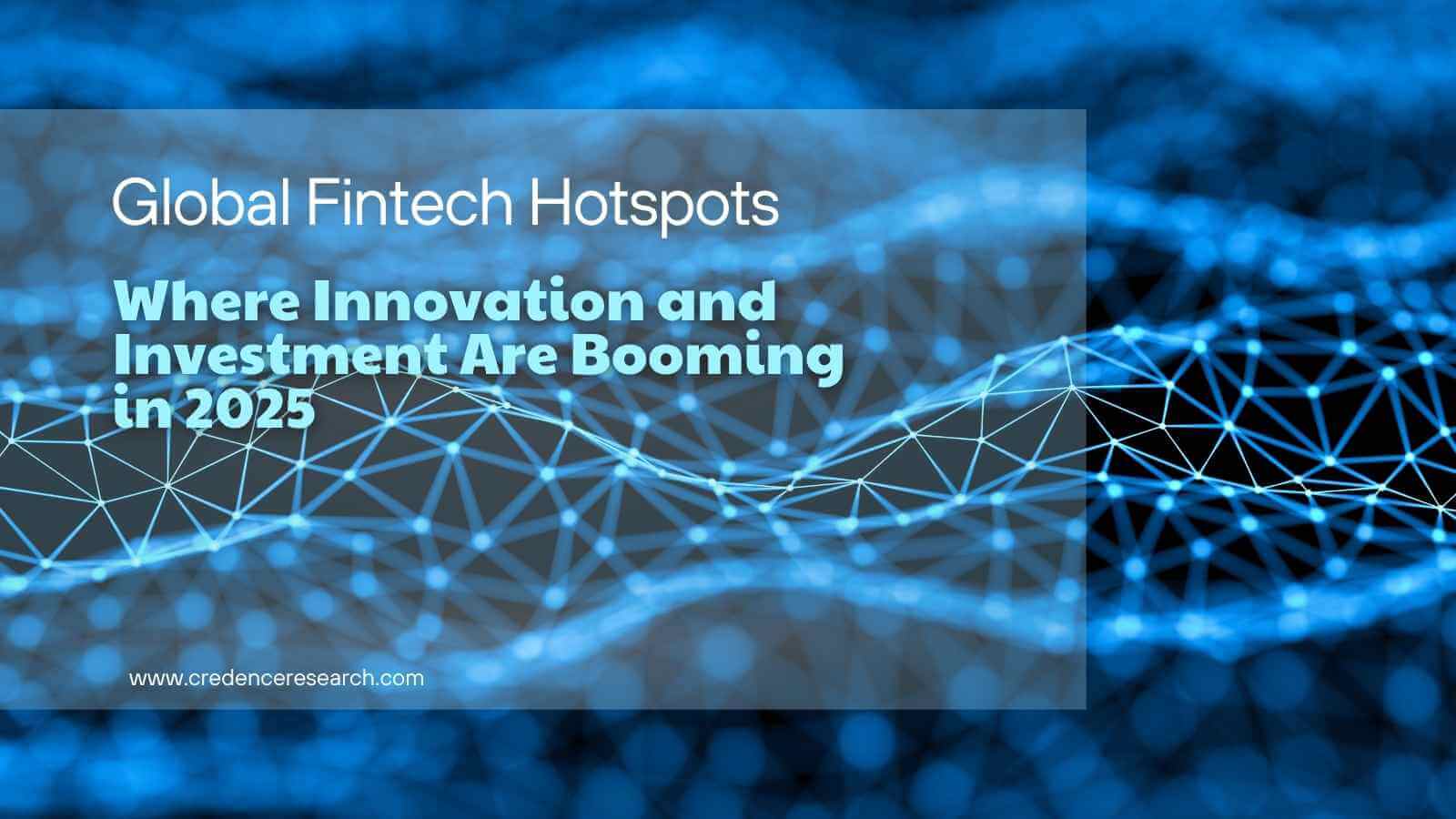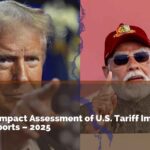30th July 2025, Global
Industry Overview
Fintech is in the midst of its revolutionary era as new technologies such as artificial intelligence and cryptocurrencies redefine the global finance map. Despite macroeconomic headwinds most notably a 20% year-on-year drop in capital to $95.6 billion in 2024, the lowest in seven years innovation continues to accelerate. From customer service being powered by AI to the increasing application of stablecoins for real-time payment, paradigmatic changes are sweeping through. In the midst of such developments, nations such as U.S., UK, India, Canada, and Brazil are not only dominating in terms of fintech company numbers but also actively creating conducive ecosystems by launching strategic public and private initiatives.
Segment Analysis
In 2025, the global fintech landscape remains highly diversified across functional categories, reflecting the sector’s deepening maturity and specialization. According to CNBC and Statista’s analysis of the top 300 fintech firms worldwide.
Digital Payments:
This is the largest category with the majority of the top 300 firms. Fintech firms under this category focus on facilitating instant, secure, and easy transactions. These include mobile wallets, real-time payments, cross-border remittances, and point-of-sale innovations. The dominance of digital payments points to the sector’s continued focus on increasing financial inclusion and efficiency. With innovations like UPI in India and PIX in Brazil, governments and private sector are uniting to recast the way people and businesses pay. Cross-border fintechs in the global marketplace like Stripe and Adyen deliver the global opportunity for this segment.
Blockchain and Cryptocurrency
In spite of regulatory hurdles and fluctuating markets, this space is still strong. It comprises businesses providing crypto trading platforms, blockchain infrastructure, and Web3 financial services. Crypto fintechs such as Coinbase, Chainalysis, and Ledger reflect ongoing user and investor interest. Though funding in 2023–2024 took a hit, the use of stablecoins in payment systems and CBDC exploration are fuelling renewed institutional interest.
Neobanking
This segment encompasses web-only banks that do not have branches. These provide lean, tech-oriented banking experiences usually catering to niche audiences or unbanked communities. Players such as Revolut, Nubank, and Chime demonstrate the impact neobanks are having on conventional banking through simplicity in interface, minimal fees, and fast sign-up. Yet, profitability is proving tricky, so some are exploring partnerships or bank licenses.
Lending
This encompasses both consumer and business lending platforms, particularly those employing AI in credit scoring, underwriting, and risk assessment. Companies such as Upstart, Kabbage, and Creditas are leading the way in digital lending ecosystems. Most employ alternative data and embedded finance models. As interest rates go up around the world, profitability is narrowing, but demand for flexible, digital-first credit keeps increasing.
Wealth Technology (WealthTech)
WealthTechs consist of robo-advisors, online investment platforms, and financial planning solutions. Startups such as Betterment, Robinhood, and eToro are democratizing investing. This category is helped by young populations coming into the market and looking for low-cost, automated investment products. With AI adoption, personalization is emerging as a major competitive advantage.
Personal Finance
This comprises budgeting apps, credit monitoring software, and debt management platforms.
Platforms such as Mint, YNAB, and Clearscore have become more relevant in the wake of COVID as consumers clamor for greater spending control. Open banking APIs enable such apps to provide greater insight, but monetization is an issue.
|
Segment |
Focus |
Notable Players |
Regional Strength |
|
Digital Payments |
Real-time, mobile, global payments |
Stripe, Adyen, PhonePe |
U.S., India, Brazil |
|
Neobanking |
Branchless, digital-first banking |
Chime, Nubank, Monzo |
U.K., U.S., LATAM |
|
Lending & Credit |
P2P, BNPL, SME loans |
Klarna, Upstart, Creditas |
India, LATAM, SEA |
|
WealthTech / Personal Finance |
Robo-advisors, investment tools |
Robinhood, Groww |
U.S., India |
|
Insurtech |
Tech-driven insurance platforms |
Lemonade, Alan, Digit |
U.S., Europe, India |
|
RegTech & Compliance |
KYC, AML, fraud detection |
Alloy, ComplyAdvantage |
Global |
Regional Analysis
UK: Regulatory Clarity as a Competitive Edge
With 38 of the world’s top fintech companies, the United Kingdom is the financial technology hub of Europe and the second-largest country in the world. Its success is a result of a clearly defined and open regulatory regime, driven by the Financial Conduct Authority (FCA). The legacy of London as a center of global finance has merged effortlessly with technological innovation, particularly in digital banking, open finance, and compliance solutions.
India: Fintech Scale Led by Infrastructure
India’s fintech sector is an international standard for infrastructure-led innovation. Foundation public systems UPI, Aadhaar, e-KYC, and the Account Aggregator system have produced a robust digital foundation.
These infra enablers in the early stages have enabled Indian fintechs like Razorpay, PhonePe, and CRED to scale up cost-effectively and efficiently. The government’s coordinated effort ensures that infrastructure does not fall behind disruption it leads it. This model of sequencing has turned India into a case study of how advance regulation and system architecture can drive deeper inclusion and innovation
Brazil: Government Infrastructure, Market Impact
Brazil, with slightly over 1,000 fintech firms, may at first glance seem smaller. However, the country has developed game-changing public infrastructure in the form of PIX, a fast payment system launched by the Central Bank. PIX has spread fast enough to become the national standard for digital payment, with over 150 million users and billions of transactions each month.
Fintechs like Nubank, Ebanx, and Creditas have thrived by building on top of such an ecosystem. Brazil’s approach demonstrates how public-led innovation can be used to drive private sector growth without overregulation. The alignment of public infrastructure and fintech policy is proving to be inclusive and commercially viable.
Overall, the fintech ecosystem in 2025 is being driven by structural foundations rather than speculative hype. As capital becomes more selective, it’s the regions with robust infrastructure and collaborative regulation like India, the U.K., and Brazil that are attracting serious innovation and long-term investment.










